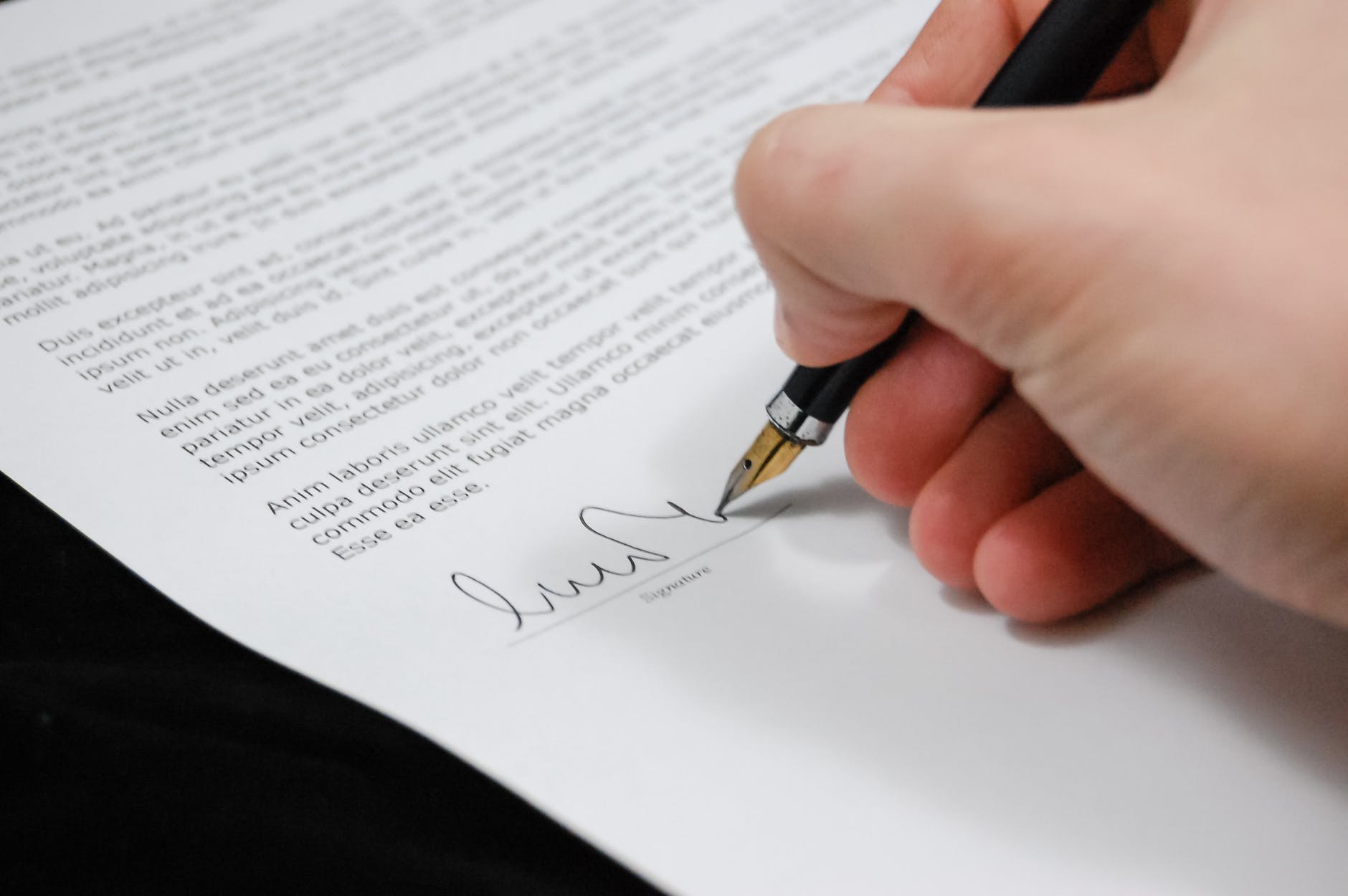Below I will be detailing a step-by step guide on how I received Pareja de Hecho in Catalonia. Pareja de Hecho, also known as a civil partnership, is a recognized legal status for stable couples. It can be used as an alternative to marriage in Spain when you are not yet ready to take the complete leap or are not eligible.
Many non-EU people use the pareja de hecho option to become a direct relative to their partner, so that they can then apply for the Residence Card of a Family Member of the EU. With this card one can stay within the EU together without time restrictions, work and/or study in Spain, and enlist in the national healthcare system. The Residence Card of a Family Member of the EU is valid for 5 years, after which you can reapply or apply for citizenship.
As most of you know, I am an American expat living in Barcelona. As I have a long-term partner that is a Spanish citizen, I have transitioned from a student visa to receiving a Residence card of a family member of a Union Citizen. Our first step to make this happen was by legalizing Pareja de Hecho together.
Qualifications for Pareja de Hecho in Catalonia:
- Both be over 18 years old
- Not be blood relatives
- Both must be single
- Be padroned at the same residence
 Photo by Pixabay on Pexels.com
Photo by Pixabay on Pexels.comStep 1: Make sure you qualify and have the same address on your empadronemiento
You must register separately for empadronamiento before going to the notary. There are different rules for how long you must be padroned together in different regions. For Catalonia it does not matter the amount of time. The document you receive may not be more than 3 months old to be valid. If your empadronamiento is outdated, go to any OAC office, find the large red machine, scan your passport or idenity card, and print an updated document with the current date. If you are not already padroned, make an appointment for empadronamiento here.
Step 2: Create a will and testament (optional)
When signing the Pareja de Hecho, your partner will now be legally the next in line for your affairs. In the case of death, it is best to make a will and testament if you want your assets to go to other people. In addition, if you break up and dissolve the Pareja de Hecho, your partner has the right to request payment if they are now without livable means. In the will and testament you can state that in the case of termination of this status, you both will not request money from each other and keep all original assets separate. You can also state how you will divide shared assets. In other words, it is a prenup! If you decide to do this option, I would recommend enlisting a lawyer for legal advice.
Step 3: Go to a notary to legalize your relationship
Bring the following documents to the notary:
- The Spanish citizen’s DNI
- Your passport
- Your will and testament, if applicable
There you will sign the document registering for Pareja de Hecho before the notary. If you created a will and testament, you will sign that as well in front of the notary as well. They will then send the papers to the Department of Justice for approval/rejection.
Step 4: Pay the Notary Fee
At the notary the standard price for this procedure was 136 euros. We paid 224.76 euros due to adding the will and testament documentation.
Step 5: Wait for Resolution Document
We signed the papers with the notary November 15, and received the resolution document via email from the Department of Justice on December 8. The resolution document confirms that you are registered as a stable relationship under Spanish civil law and that your Pareja de Hecho was approved.
Step 6: Celebrate!
You are now legally committed to your partner. Give ’em a kiss and have a cheers!
Once you have Pareja de Hecho, you may be considering your next steps. Such as, applying for the Residence Card for Family Members of EU Citizens. For more information on the steps and timeline of this process, please visit my post Residence Card for Family Members of EU Citizens for a comprehensive guide to this confusing (and long) process. I would advise starting the preparation as soon as possible.


